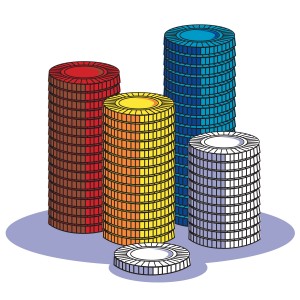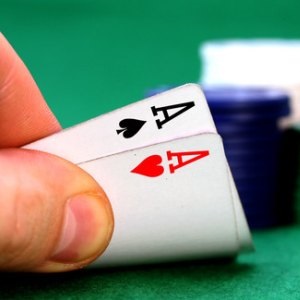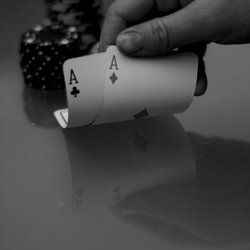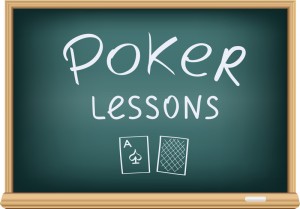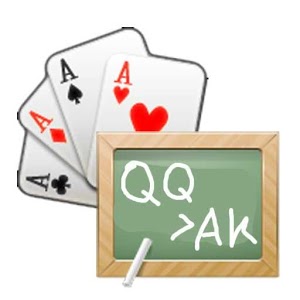Guidelines
Editor’s note: What follows is an edited excerpt from Jeff Hwang’s book, Advanced Pot-Limit Omaha: Small Ball and Short-Handed Play.
Last issue, I discussed game selection in live play. Once you find the right game, the next step is finding the right seat. That said, proper seat selection is paramount, as choosing the right seat may mean the difference between a night of frustration and a night of having your way with the table.
And the gist of it is this: We need tight players for protection. We want to have at least one or two tight players in our game, and we want them on our left.
The most important players at the table are the ones on your left, and especially the one sitting on your immediate left. This is because the three most important seats at the table — the seats from which you will be playing the most — are the button, the cutoff position, and the hijack position.
Ideally, you want to have tight, passive players on your left. If the player sitting directly to your left doesn’t play very many hands and rarely — if ever — raises before the flop, you effectively get the button twice. And if the player two seats to your left also is tight and passive, you can play as if you are on the button when you are in the hijack seat, as well.
In addition, because tight players give up their blinds more easily, you will be able to isolate limpers or steal the blinds more easily. Moreover, you can also raise more freely from both the cutoff seat and the hijack seat without having the player(s) behind you come in every time. Meanwhile, when a lone player in front of you has come in for a raise, you will be able to smooth-call and play small ball against him with a greater expectation of a shorthanded — if not heads-up — pot after the flop.
These last few points are important, as there is little more annoying than having a calling station on your left who’s constantly blocking you from taking the button, thus blocking you from taking control of the hand.
You want to have the maniacs, tough players, and otherwise aggressive players on your right, as they are the most difficult players to play against. You also want to have the bigger stacks at the table on your right, as you want to have positional advantage against the players holding the bigger stacks. Having aggressive players and big stacks on your left handicaps your game, as you will have to tighten up considerably from the cutoff seat, the hijack seat, and basically every seat except the button.
What you essentially want to do is line up the tight players and put them on your left for protection, so that you can play as you please with positional advantage on the loose players, aggressive players, and the big stacks. In fact, if you play well, the tight, responsible players are going to want you on their right. And you want the tight players to want you on their right, so that they don’t move away from you.
The result is a form of symbiosis, a mutually beneficial relationship between unlike organisms, which is a big part of the game.
Submit your review | |


